Optimal Seasons for Foundation Repairs
Foundation repairs are most effectively performed during specific seasonal conditions that minimize risks and facilitate proper repair processes. Understanding the optimal timing can help ensure the longevity and stability of the repair work.
Spring offers moderate weather conditions, making it suitable for foundation work. The soil is typically moist but not overly saturated, allowing for better soil stability during repairs.
Summer repairs are feasible when temperatures are moderate. Extreme heat can cause soil to dry out and shift, which may affect repair outcomes.
Fall provides cooler temperatures and often stable soil conditions, making it an ideal time for foundation repairs before winter.
Winter is generally less suitable due to cold temperatures and the potential for ground freezing, which can hinder repair work and affect soil movement.
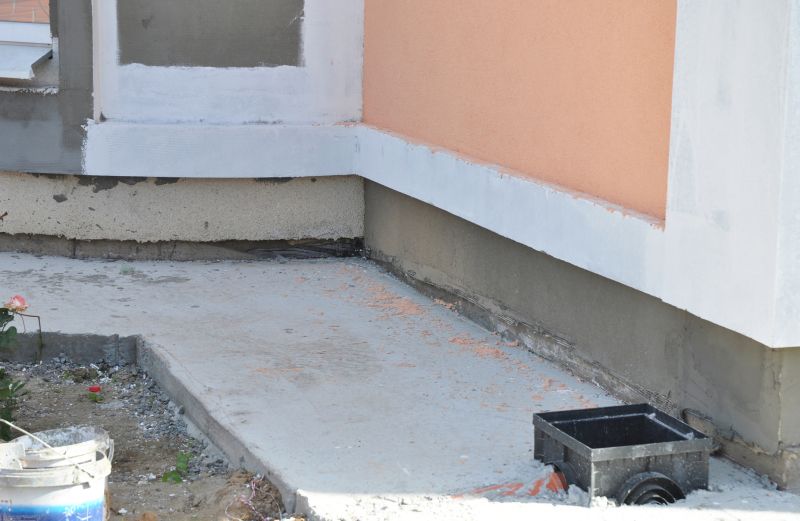
Ways to make Foundation Repairs work in tight or awkward layouts.
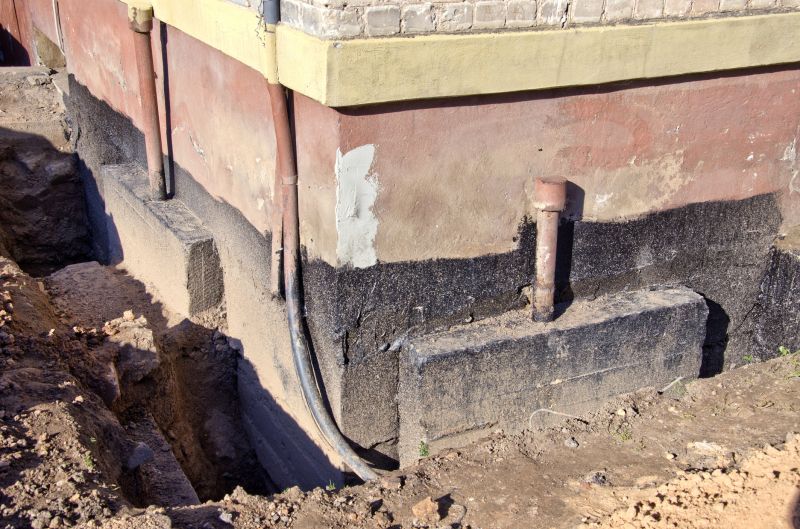
Popular materials for Foundation Repairs and why they hold up over time.
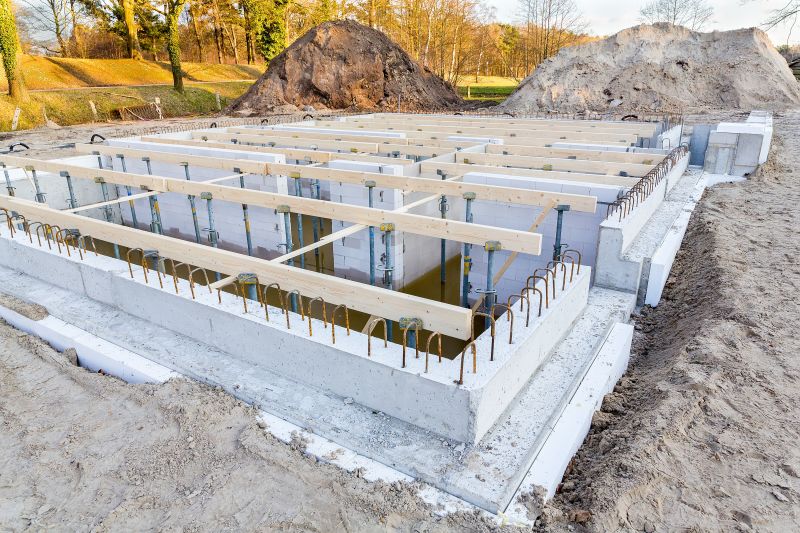
Simple add-ons that improve Foundation Repairs without blowing the budget.
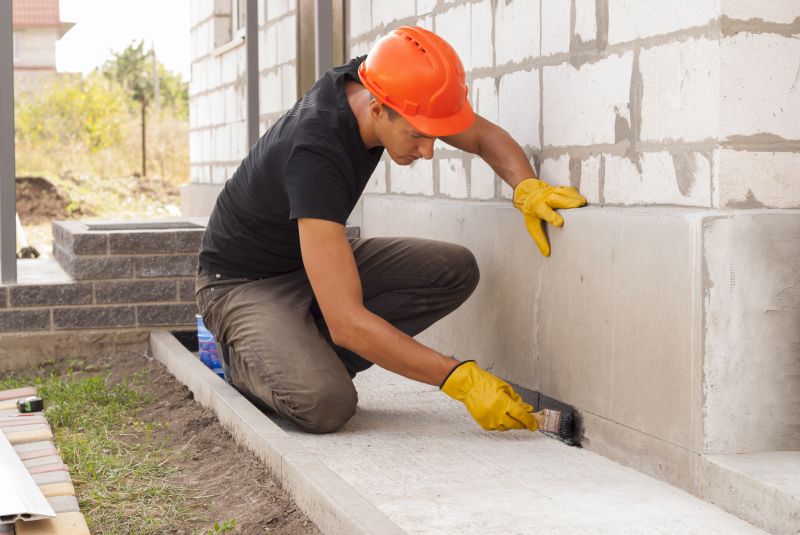
High-end options that actually feel worth it for Foundation Repairs.
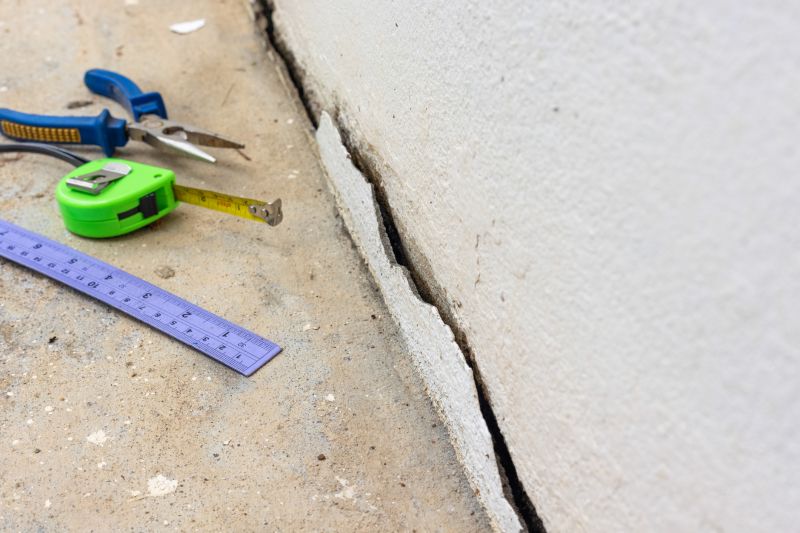
Finishes and colors that play nicely with Foundation Repairs.
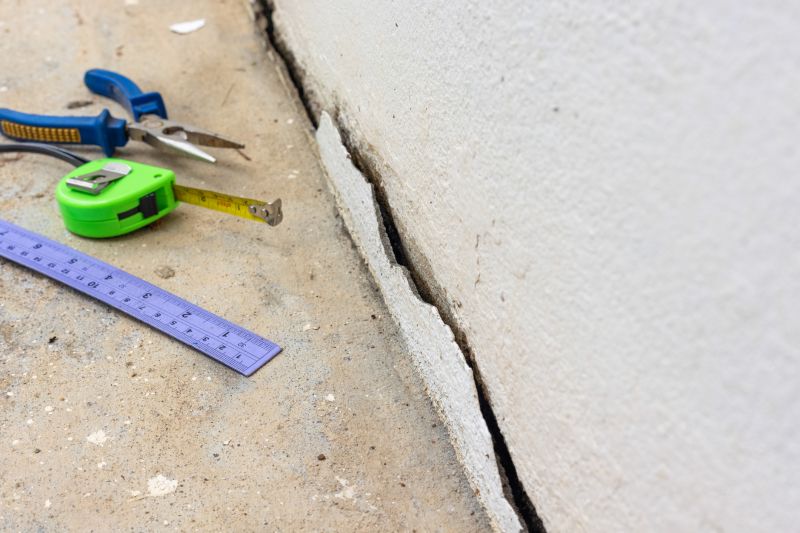
Little measurements that prevent headaches on Foundation Repairs day.
Foundation repairs involve addressing issues such as settling, cracking, and shifting caused by soil movement, moisture changes, and structural stress. Proper timing ensures that repairs are durable and effective. Seasonal conditions influence soil behavior significantly, impacting the success of repair work. For example, moist soil during spring can be ideal for underpinning, while frozen ground in winter can complicate excavation and stabilization efforts. Statistics indicate that foundation issues are more prevalent in regions with significant seasonal soil movement, emphasizing the importance of scheduling repairs during optimal periods.
| Season | Ideal Conditions |
|---|---|
| Spring | Moderate moisture, no frost, stable soil |
| Summer | Moderate temperatures, avoid extreme heat |
| Fall | Cooler temperatures, stable soil |
| Winter | Cold temperatures, frozen ground, not recommended |
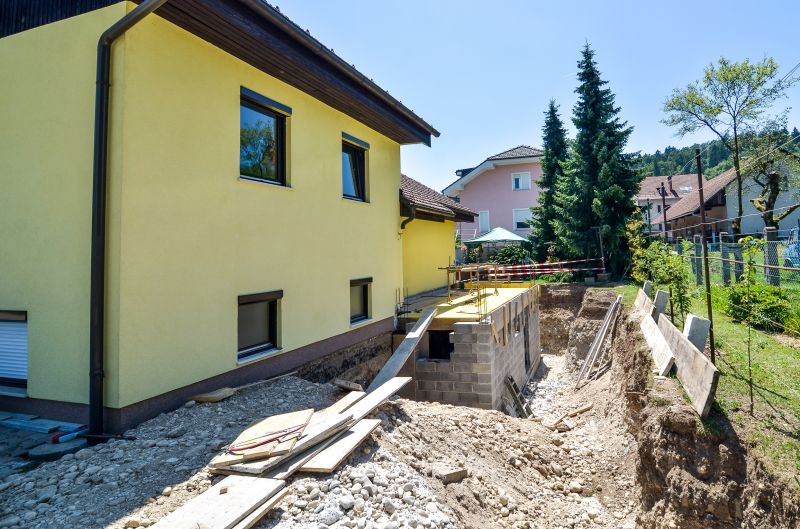
A 60-second routine that keeps Foundation Repairs looking new.
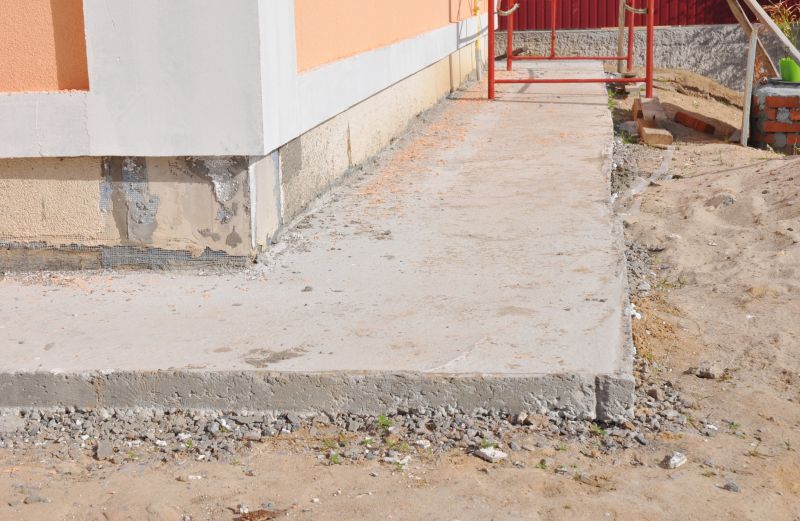
A frequent mistake in Foundation Repairs and how to dodge it.

Small tweaks to make Foundation Repairs safer and easier to use.

Lower-waste or water-saving choices for Foundation Repairs.
Choosing the right time for foundation repairs can prevent future issues and extend the lifespan of the structure. Seasonal considerations, soil conditions, and weather patterns all play a role in determining the most suitable period for undertaking repairs. Proper planning and scheduling during optimal seasons can lead to more effective stabilization and long-term stability.
Interested property owners in Green Valley, AZ, are encouraged to contact for professional assessment and guidance on the best timing for foundation repairs. Filling out the contact form can provide tailored advice based on specific site conditions and seasonal factors.
